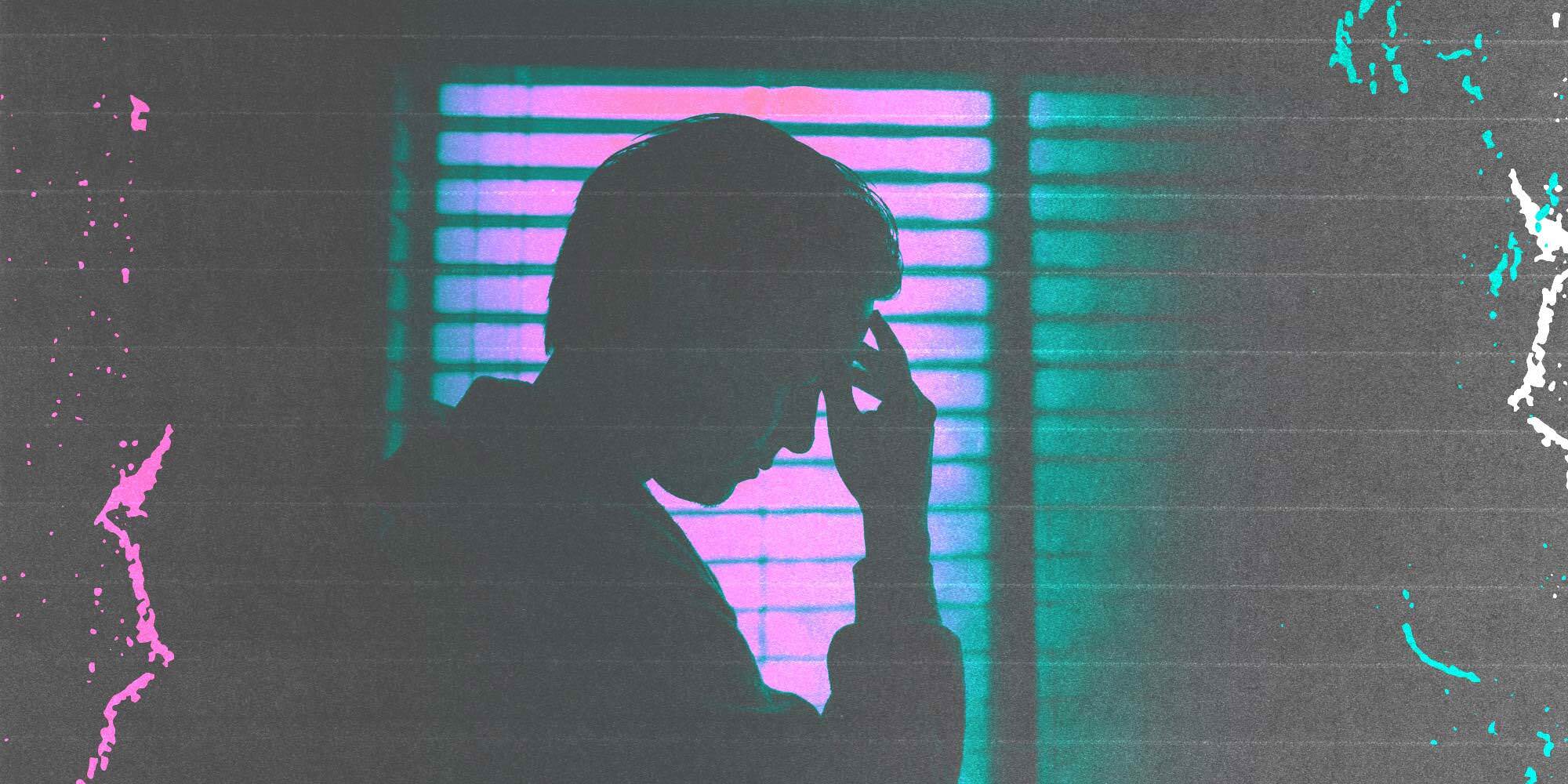We often hear the argument that shame is a good thing when it comes to quitting porn—that shame actually helps motivate consumers to quit porn for good. Research, however, shows the opposite.
According to a 2011 study of porn consumers trying to quit porn, researchers found that shame tended to drive porn consumers further into a cycle of unhealthy porn consumption rather than helping them change.Gilliland, R., South, M., Carpenter, B. N., & Hardy, S. A. (2011). The roles of shame and guilt in hypersexual behavior. Sexual Addiction & Compulsivity, 18(1), 12–29. https://doi.org/10.1080/10720162.2011.551182Copy
Participants who felt some guilt over their unwanted porn habit, however, tended to move people toward healthy, lasting change.Gilliland, R., South, M., Carpenter, B. N., & Hardy, S. A. (2011). The roles of shame and guilt in hypersexual behavior. Sexual Addiction & Compulsivity, 18(1), 12–29. https://doi.org/10.1080/10720162.2011.551182Copy
Related: Fighting Against Both Porn & Shame Is More Than Possible, It’s Necessary
So what’s the difference between guilt and shame?
Guilt
- Labels behaviors as unhealthy or “bad”
- Can be healthy
- Motivates lasting change
- “What I did wasn’t great—I want to do better in the future.
Shame
- Labels the person as “bad”
- Always unhealthy
- Often fuels a cycle of unhealthy behaviors
- “What I did was bad, I am a bad person.”
Shame does not help people quit porn or let go of unhealthy habits. If you’re struggling to quit porn or if you have a loved one with a porn habit, know that shame is not a healthy way to motivate meaningful change.
Related: It’s True That “Porn Kills Love,” And So Does Shame
How can you practice breaking the cycle of shame if you struggle?
- Talk to someone
- Remember that this habit does not mean you’re a bad person
- Be kind to yourself
- Be patient with your progress
As one Fighter shared with us:
“Lately I haven’t viewed or honestly even wanted to look at porn. Long story short, I remembered who I truly am—a dude with a good heart who made some poor decisions and got sucked into an addictive cycle… Then through an amazing woman and some vulnerable conversations… it showed me I’m still lovable. It broke the power shame had on me.”
Related: How Avoiding Shame Can Help With Healing From Betrayal Trauma
Even if you’ve had a porn habit for most of your life, it doesn’t have to be part of who you are as a person. You can change and live a healthier life, free of porn and free of shame. Give yourself permission to change. You got this.
If you’re looking for help to quit porn, we recommend Fortify, which is a free, science-based recovery tool.
Related: Why You Should Stop Feeling Like A Bad Person For Watching Porn
Need help?
For those reading this who feel they are struggling with pornography, you are not alone. Check out Fortify, a science-based recovery platform dedicated to helping you find lasting freedom from pornography. Fortify now offers a free experience for both teens and adults. Connect with others, learn about your unwanted porn habit, and track your recovery journey. There is hope—sign up today.
Fight the New Drug may receive financial support from purchases made using affiliate links.
View this post on Instagram
Your Support Matters Now More Than Ever
Most kids today are exposed to porn by the age of 12. By the time they’re teenagers, 75% of boys and 70% of girls have already viewed itRobb, M.B., & Mann, S. (2023). Teens and pornography. San Francisco, CA: Common Sense.Copy —often before they’ve had a single healthy conversation about it.
Even more concerning: over half of boys and nearly 40% of girls believe porn is a realistic depiction of sexMartellozzo, E., Monaghan, A., Adler, J. R., Davidson, J., Leyva, R., & Horvath, M. A. H. (2016). “I wasn’t sure it was normal to watch it”: A quantitative and qualitative examination of the impact of online pornography on the values, attitudes, beliefs and behaviours of children and young people. Middlesex University, NSPCC, & Office of the Children’s Commissioner.Copy . And among teens who have seen porn, more than 79% of teens use it to learn how to have sexRobb, M.B., & Mann, S. (2023). Teens and pornography. San Francisco, CA: Common Sense.Copy . That means millions of young people are getting sex ed from violent, degrading content, which becomes their baseline understanding of intimacy. Out of the most popular porn, 33%-88% of videos contain physical aggression and nonconsensual violence-related themesFritz, N., Malic, V., Paul, B., & Zhou, Y. (2020). A descriptive analysis of the types, targets, and relative frequency of aggression in mainstream pornography. Archives of Sexual Behavior, 49(8), 3041-3053. doi:10.1007/s10508-020-01773-0Copy Bridges et al., 2010, “Aggression and Sexual Behavior in Best-Selling Pornography Videos: A Content Analysis,” Violence Against Women.Copy .
From increasing rates of loneliness, depression, and self-doubt, to distorted views of sex, reduced relationship satisfaction, and riskier sexual behavior among teens, porn is impacting individuals, relationships, and society worldwideFight the New Drug. (2024, May). Get the Facts (Series of web articles). Fight the New Drug.Copy .
This is why Fight the New Drug exists—but we can’t do it without you.
Your donation directly fuels the creation of new educational resources, including our awareness-raising videos, podcasts, research-driven articles, engaging school presentations, and digital tools that reach youth where they are: online and in school. It equips individuals, parents, educators, and youth with trustworthy resources to start the conversation.
Will you join us? We’re grateful for whatever you can give—but a recurring donation makes the biggest difference. Every dollar directly supports our vital work, and every individual we reach decreases sexual exploitation. Let’s fight for real love:


